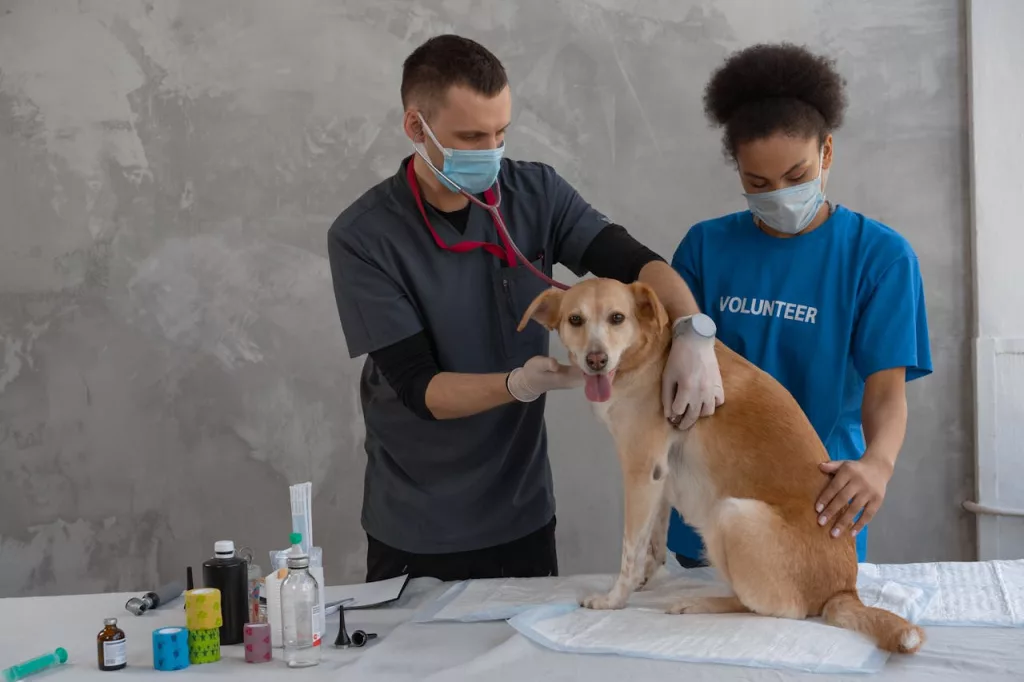Pets are beloved members of our families, and when they face a medical emergency, it can be a stressful and emotional experience. Knowing when to seek emergency veterinary care and what to expect can make all the difference in ensuring your furry friend receives the help they need. Here’s a guide to emergency vet services and how to navigate urgent care situations.
What Constitutes a Pet Emergency?
Not every unusual behavior or symptom in your pet requires an emergency visit, but certain situations demand immediate attention. Here are common scenarios that warrant emergency care:
- Difficulty Breathing: Labored breathing, choking, or blue gums are signs of respiratory distress.
- Severe Injury: Broken bones, deep cuts, or significant bleeding need urgent attention.
- Ingestion of Toxic Substances: Chocolate, antifreeze, certain plants, or medications can be highly toxic.
- Unresponsiveness: Sudden collapse or inability to respond indicates a critical condition.
- Seizures: A seizure lasting more than a few minutes or multiple seizures in a short period require immediate care.
- Bloating or Vomiting Without Relief: This can indicate bloat, a life-threatening condition in dogs.
- Inability to Urinate or Defecate: Straining or signs of pain while trying to eliminate can be serious.
- Severe Pain: Whimpering, aggression, or inability to move might indicate significant pain or injury.
- Eye Injuries: Even minor injuries to the eye can escalate quickly.
- Sudden Behavioral Changes: Lethargy, disorientation, or extreme aggression can signal an emergency.
Steps to Take in a Pet Emergency
1. Stay Calm
Your pet can sense your emotions, so staying calm will help keep them as relaxed as possible during a stressful situation.
2. Assess the Situation
Quickly evaluate the severity of your pet’s condition. If there’s doubt about the seriousness, it’s always better to err on the side of caution and consult a veterinarian.
3. Call Ahead
Before rushing to an emergency vet, call the clinic to let them know you’re coming. This allows the staff to prepare for your arrival and provide immediate guidance.
4. Safely Transport Your Pet
Use a secure carrier for small animals or a blanket as a stretcher for larger pets. Be gentle, especially if your pet is in pain or injured, and avoid causing further harm.
What to Expect at an Emergency Vet Visit
Emergency veterinary clinics are equipped to handle critical and life-threatening conditions. Here’s what typically happens:
1. Triage
Upon arrival, a vet technician will assess your pet’s condition to determine the level of urgency. Pets in life-threatening situations will be treated first.
2. Diagnosis
The vet may perform diagnostic tests such as X-rays, blood work, or ultrasounds to identify the issue quickly.
3. Treatment
Depending on the condition, treatment could range from administering medications and fluids to performing surgery. The team will keep you informed about your pet’s progress.
4. Costs and Payment
Emergency care can be expensive due to its urgent nature. Discuss costs upfront and inquire about payment options or pet insurance coverage if applicable.
Preparing for Pet Emergencies
While you can’t predict emergencies, being prepared can save valuable time when it matters most.
- Know Your Nearest Emergency Vet: Keep the contact information and address of the closest 24/7 veterinary clinic handy.
- Have a Pet First Aid Kit: Include items like bandages, antiseptic wipes, a digital thermometer, and pet-safe pain relief.
- Learn Basic First Aid: Knowing how to perform CPR or handle minor injuries can make a big difference while waiting for professional care.
- Update Pet Records: Ensure your pet’s medical records are current and easily accessible.
Preventing Pet Emergencies
Preventative care is key to minimizing the risk of emergencies:
- Regular Checkups: Routine vet visits can catch potential health issues early.
- Vaccinations and Parasite Prevention: Protect your pet from preventable illnesses.
- Pet-Proof Your Home: Remove toxic substances, secure trash cans, and eliminate choking hazards.
- Monitor Outdoor Activities: Keep an eye on your pet during walks or in the yard to prevent injuries or ingestion of harmful items.
When to Follow Up
After an emergency visit, your vet may recommend follow-up appointments to monitor recovery or continue treatment. Ensure you adhere to these recommendations to give your pet the best chance of a full recovery.
Conclusion
Pet emergencies are often unexpected and stressful, but knowing when and how to act can make all the difference. By staying prepared and seeking immediate veterinary care when needed, you can ensure your furry friend receives the urgent attention they deserve. Your pet’s health and safety are a priority, and having a plan in place will give you peace of mind during critical situations.

